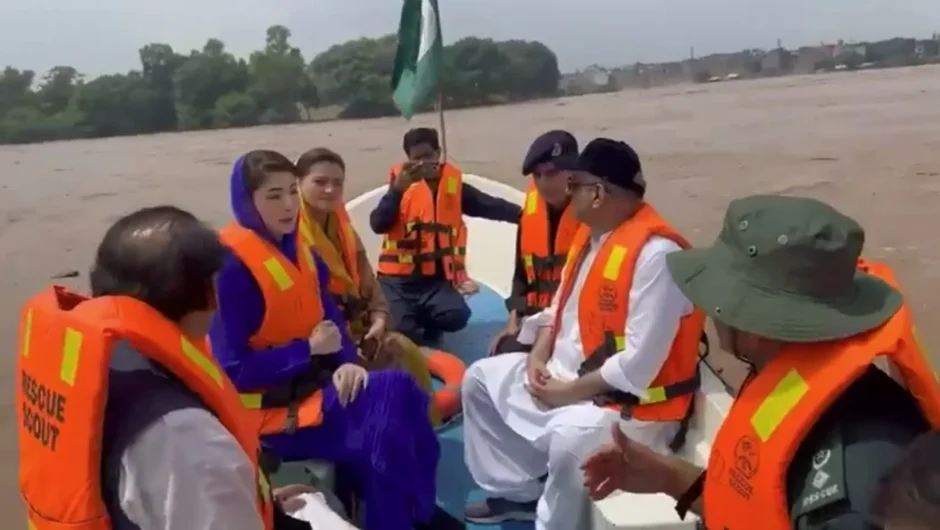The tragic collapse of a five-storey building in Karachi’s Lyari area, which claimed at least 27 lives and left four injured, has prompted authorities to take immediate and decisive action. The incident, which occurred in the densely populated Baghdadi neighborhood, highlighted the severe risk posed by aging and unsafe structures in Karachi. In response, an emergency meeting was convened, led by Karachi Commissioner Syed Hassan Naqvi, to review and accelerate the ongoing evacuation and demolition of dilapidated buildings across the city.
41 Buildings Sealed in District South Alone
During the meeting, officials revealed that 44 dangerous buildings had been evacuated citywide since the Lyari tragedy. A significant concentration of these structures—41 in total—was found in District South, a region known for its historical architecture and densely packed residential quarters. Deputy Commissioner South Javed Nabi Khoso provided details, noting that out of these, 10 were classified as historical buildings. The authorities took swift action to evacuate and seal these premises to ensure the safety of their occupants and prevent any repeat of the Lyari disaster.
The remaining three buildings were evacuated in District East, according to Deputy Commissioner Abrar Jaffer. These immediate steps are part of a broader citywide campaign to identify and address risky structures, aiming to prevent further loss of life.
Demolition Process and Preservation of Heritage
A key point discussed at the meeting was the process for demolishing dangerous or severely dilapidated buildings. It was decided that demolition cannot proceed without the direct involvement of either the Karachi Commissioner or the Director General of the Sindh Building Control Authority (SBCA). This measure ensures that the decision to bring down any structure is made with proper oversight and accountability.
Of particular concern are the historical buildings among those evacuated. The authorities emphasized that any plan to demolish heritage structures would require consultation with the Advisory and Technical Committee. This approach seeks to balance the urgent need for public safety with the preservation of Karachi’s architectural heritage, recognizing the cultural and historical value these buildings represent.
Citywide Survey and Multi-Agency Coordination
To further reinforce safety measures, the Karachi Commissioner has appointed four officers to conduct a comprehensive survey of potentially dangerous buildings. Deputy Commissioner South has been given additional responsibilities to supervise these efforts. The meeting brought together several key stakeholders, including DG SBCA Shahmeer Bhutto, Deputy Commissioners from all four districts—South, East, Central, and West—as well as senior SBCA officials and representatives from other relevant organizations. This coordinated approach is intended to streamline the identification, evacuation, and demolition processes, ensuring that no at-risk building is overlooked.
Immediate Impact and Continuing Risks
The urgency of these actions was underscored by the sheer scale of the Lyari tragedy. The collapse in the Baghdadi area was one of the deadliest such incidents in recent memory, shaking public confidence in the safety of residential buildings across Karachi. With hundreds of old and poorly maintained structures still standing in various parts of the city, the risk of similar incidents persists.
The authorities’ decisive response serves as an acknowledgment of the city’s longstanding challenges with building safety, urban planning, and the protection of heritage assets. While the recent evacuations and surveys are important first steps, the ongoing work of assessing, securing, and, where necessary, demolishing dangerous buildings will be crucial in safeguarding the lives of Karachi’s residents.
Topics #dilapidated buildings evacuation #Karachi building collapse #Lyari tragedy #Sindh Building Control Authority #trending pakistan




